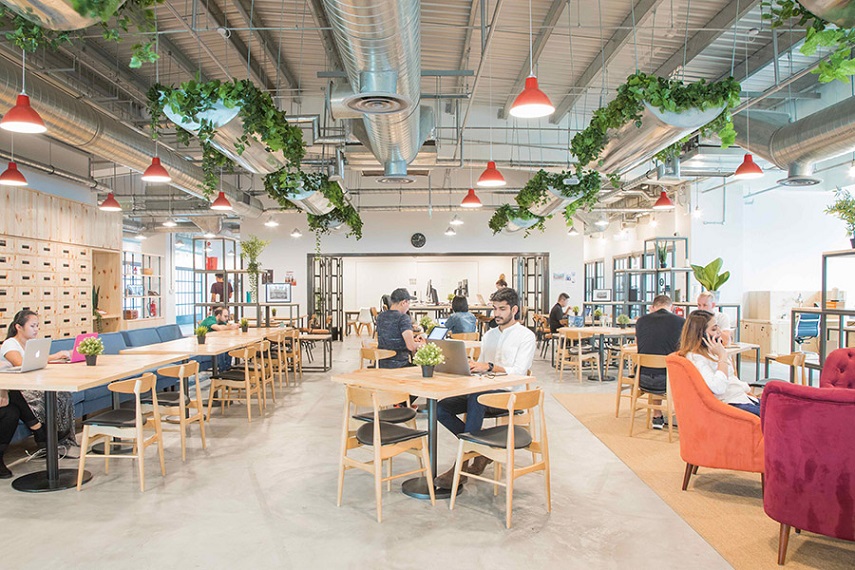We will determine the trends that are impacting our consumers and indicate ways in which our customers’ needs are changing and any relevant social, technical or other changes that will impact our target market. Keeping up with trends and reports will help management to carve a niche for our business, stay ahead of the competition and deliver products that our customers need and want.
There is a clear trend to free agents, freelancers and personal businesses, due to outsourcing, layoffs, and people looking for work-life balance or more work flexibility. This has resulted in more people working on their own either full or part time. And, these people need the flexible support services provided by co-working firms at modest costs.
Community has become one of the most powerful tools to operating a successful space, because when people make the switch to being an entrepreneur, one thing they miss the most about san po kong office rental is having unexpected conversations, eating lunch with coworkers and energy through interaction.
The new software and technology solutions for co-working spaces will be making management of such facilities much simpler. Features for software management tools include internal social networks, payment mechanisms, issue reporting, forums, check-in stats, capacity tracking, mobile access and more. Hardware solutions include internet portals for controlling bandwidth and tracking who is using the Internet, key cards/ codes for entry, and security systems on building.
There is an increasing trend of collaborative consumption, which is providing a unique way to meet new people, save money and lower a footprint on the environment. Therefore, the market for co-working spaces is doubling each year according to Deskmag’s recent Global Trends Survey.
There are now co-working spaces that have themes, are industry specific or cater to a stage of entrepreneur, because when the “right” liked-minded people collaborate, beneficial relationships can be made. Innovation is clearly needed to create options for the growing self-employed industry. Insurance companies need to find new ways to offer benefits packages on an entrepreneur’s budget.
There is a gap between the coastal and kwun tong coworking space. The large, early-adopting cities have markets more willing to try and demand co-working opportunities. Co-working spaces in the less progressive markets have to work harder to reach full capacity because there is an extra hurdle to educate the general public on the benefits. There is a desire for the creation of an organization that shares best practices, educates the public and sets industry standards.
As they grow, most spaces change their design. A large open work area remains at the center of most spaces. As they add more desks, they start providing more (semi-) private areas, and later smaller private rooms. About 7% of all spaces offer mainly private rooms, instead of the open workspace concept. These spaces should pay attention to the demands of coworkers, who prefer transparent walls and a mixture of shared and private spaces.
Some co-working businesses are forcing the development of the community aspect of their environments by requiring that every member has to give one hour a week back to another member or do a workshop once a month on their expertise. Ex: http:// geekdom.com/ san-antonio
Some co-working businesses are incorporating an on-site daycare concept into their co-working locations to encourage and facilitate interaction between parents and kids throughout the workday. Ex: http:// nextspace.us/ (NextKids)
Co-working desk rental businesses are being developed certain interest groups or themes, such as women-only, artists and eco-friendly sustainability. For example:
Ecocity CoLab – www.ecocitybuilders.org/2014/07/03/ co-work-with-us/
Part co-working space and part innovation lab and ecocity learning network, Ecocity CoLab is designed to bring together individuals and organizations dedicated to creating sustainable communities.
HeraHub in San Diego, California offers a women-only co-working space. In addition to affordable rent, multiple seminars and Q& A sessions are offered each day, so that women can grow their potential and nurture success.
More public institutions, such as libraries, are subsidizing coworking spaces, and more companies are opening their workspaces for external freelancers to develop links between themselves and coworking communities.
Small coworking spaces are relying on a strong local community involvement and developing a specific identity, while larger coworking companies are offering more or cheaper support services, using economies of scale to generate revenues and expand.


